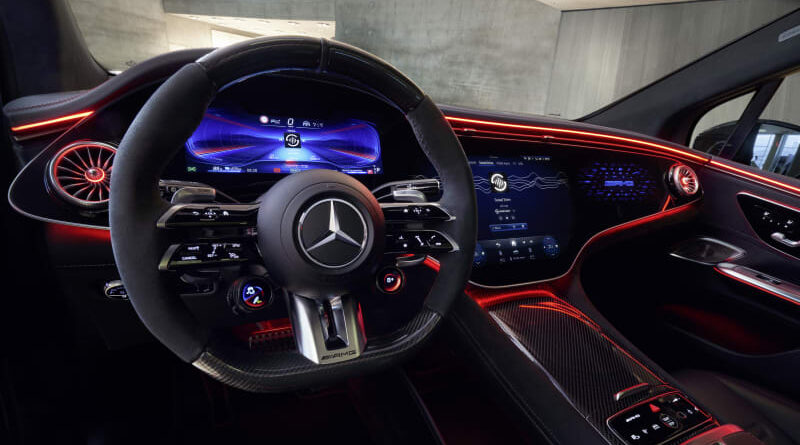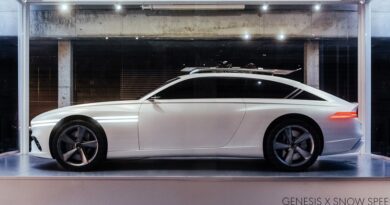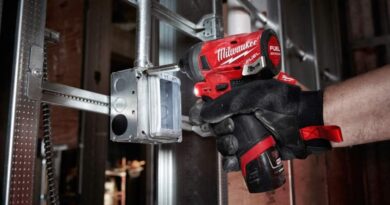At CES 2024, the promise of software-defined vehicles became real
The trends of CES ebb and flow like the tides. One year, the whole of Las Vegas is full of fanciful stuff that won’t hit the market for another five years. If ever. The following year, the hype wave recedes, and we’re left with a stretch of sand covered with more tangible stuff that you and I might actually live long enough to use.
At 2024 CES in Las Vegas, the near-term stuff was the most impressive. Yes, the obligatory flying cars were there, like the Hyundai Supernal S-A2, literal and figurative flights of fancy perpetually years away. I was also excited to see Honda’s 0 Saloon concept, and Sony was back with yet another iteration of the Afeela concept that is already looking tired despite, like the Honda, still being years from production.
All that stuff made the headlines, but this year, the demos of products just around the corner had me most excited for the future. It’s a future that, for once, might come to the cars we already own as we begin to witness the true potential of OTA updates.

Photo: Tim Stevens
Take the new MBUX Sound Drive feature, developed by will.i.am for Mercedes-Benz. It’s gimmicky on paper, a fanciful music mixer that responds to how you’re driving your car. But, after speaking to the man and hearing how much he poured into this, and after getting a quick go behind the wheel myself, I was immediately won over.
Sound Drive made a menial spin around the block in suburban Vegas feel like a proper moment, thanks to the custom soundtrack pumping through the speakers. It’s not quite “Baby Driver,” but it is really good, and it’s coming to Mercedes-AMG EVs later this year.
Another example is the Remote Valet demo from Valeo and BMW. I’ve seen countless automated parking demonstrations over the years at CES and elsewhere, most requiring advanced vehicular autonomy and some sort of additional hardware in the car.
This one wowed me because it didn’t require any of that. The demo car was a BMW iX. The existing cameras and wireless connectivity in that SUV, plus some new software, allowed me to remotely control it from the other side of a parking lot.
I might as well have been on the other side of the country, though. The idea is simple: Enter the parking lot, take out the phone, tap a button in the My BMW app, and then walk away. Someone else sitting in a call center sim rig somewhere else will then handle the menial task of parking.
But far and away, the most significant trend at CES 2024 was AI. Whether it was talking toilets or chatty toothbrushes, everything got pseudo-intelligent this year. Cars were no exception. Volkswagen, Mercedes-Benz and BMW all made some sort of AI announcement.
BMW had the most conservative take, taking Amazon’s Large Language Model tech but only allowing it to learn from internal BMW documentation. That means it can only speak about in-car features like drive modes and climate settings. The result is quite limited, but it actually made for a more natural way to interact with the car than the current voice assistant.
AI in the car will be gimmicky to start, but it’s easy to see the potential of having a virtual co-driver. That’s especially true when navigating our fractured EV charging landscape or, even more harrowing, trying to figure out where to grab dinner on the way home.
None of these demos are remarkable compared to a flying car. What impressed me is that they’re all possible on today’s cars. They’re just an OTA update away, meaning all the hype about software-defined vehicles is starting to bear fruit.
We’re all a bit nervous about how this might lead to more fees to do more things in our cars, but if that fee means I never need to park my car again, that’s an upcharge I can get behind.




